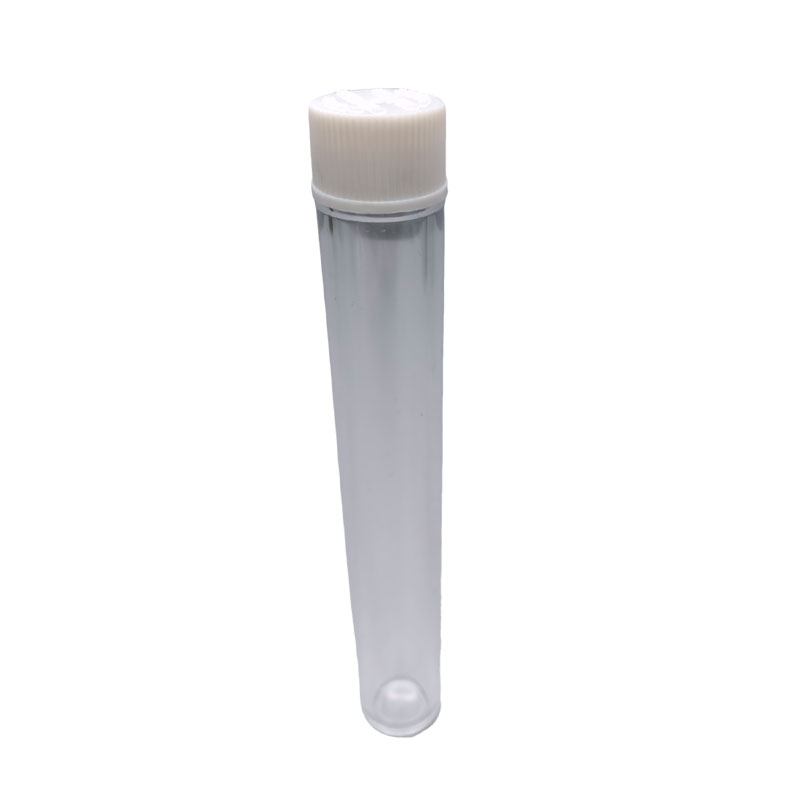Why Is CR Tube an Essential Material for Precision Engineering and Industrial Applications?
2025-02-25
Cold Rolled (CR) tubes play a crucial role in various industries, offering high strength, superior surface finish, and precise dimensional accuracy. From automotive components to structural applications, CR tubes provide enhanced performance compared to other types of steel tubing. But what makes CR tubes so essential in precision engineering? How do they contribute to industrial applications, and why are they a preferred choice for manufacturers?
What Is a CR Tube and How Is It Manufactured?
A CR tube, or cold-rolled tube, is a type of steel tubing that undergoes cold rolling, a process where steel is shaped and compressed at room temperature to achieve a smooth surface and high strength. The manufacturing process involves multiple stages, including pickling, rolling, annealing, and precision sizing. This results in tubes with tighter tolerances, improved mechanical properties, and a refined appearance compared to hot-rolled alternatives.
What Are the Key Advantages of CR Tubes?
1. Superior Surface Finish
Cold rolling eliminates surface imperfections, resulting in a smooth and polished finish. This makes CR tubes ideal for applications where aesthetics and corrosion resistance are important, such as in furniture, appliances, and decorative structures.
2. High Dimensional Accuracy
The cold rolling process ensures tight dimensional tolerances, making CR tubes perfect for precision engineering applications. Industries that require exact measurements, such as automotive and aerospace, benefit greatly from their consistency.
3. Enhanced Strength and Durability
Cold rolling increases the hardness and tensile strength of the steel, making CR tubes more resistant to deformation, wear, and impact. This is particularly important in load-bearing and high-pressure applications.
4. Improved Weldability and Machinability
CR tubes are designed for easy welding and machining, allowing manufacturers to fabricate components efficiently. This feature is valuable in industries such as construction, machinery, and transportation.
5. Better Corrosion Resistance
While CR tubes are not inherently corrosion-proof, their smooth surface finish allows for better coating adhesion. With proper treatment, such as galvanization or painting, they can withstand harsh environments for extended periods.
Where Are CR Tubes Commonly Used?
- Automotive Industry: Used in chassis components, shock absorbers, and exhaust systems due to their high strength and precise dimensions.
- Machinery and Equipment: Essential for manufacturing gears, shafts, and hydraulic systems.
- Construction and Infrastructure: Utilized in building frameworks, bridges, and scaffolding for their load-bearing capacity.
- Furniture and Appliances: Preferred for making high-quality metal furniture, racks, and home appliances due to their smooth finish and durability.
- Aerospace and Defense: Used in aircraft structures, missile systems, and defense equipment requiring high precision and reliability.
How to Choose the Right CR Tube for Your Application?
- Material Grade: Select the appropriate steel grade based on strength and corrosion resistance requirements.
- Tube Thickness and Size: Ensure the dimensions match the specific needs of your project for optimal performance.
- Surface Treatment: Consider additional coatings or finishes if the tubes will be exposed to moisture or harsh conditions.
- Mechanical Properties: Check the tensile strength, yield strength, and hardness to determine the best option for heavy-duty applications.
Conclusion
CR tubes are an indispensable material in various industries, offering high precision, strength, and durability. Their superior surface finish, dimensional accuracy, and machinability make them a preferred choice for applications requiring reliability and efficiency. Whether in automotive, construction, or industrial machinery, CR tubes continue to be a fundamental component in modern engineering and manufacturing.



